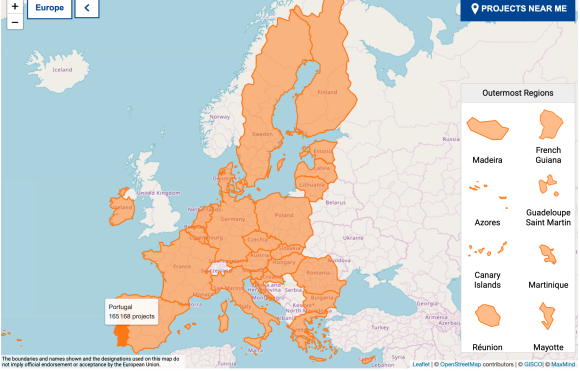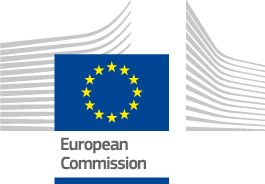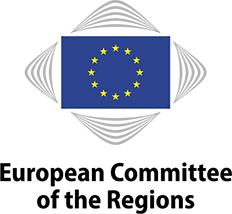
Can data tools be fun to work with? Regardless of the answer, there are multiple opportunities for journalists to use them to find a story. Imagine being able to access a centralized system of EU cohesion fund data: this may lead you to your next project. While journalists want transparency in what is happening with EU money in cities and regions, EU officials want visibility of cohesion projects funded by the EU.
A place to find new stories
On the final day of the EU Regions Week, Roberto Musmeci and John Walsh from the European Commission's Department for Regional and Urban Policy (DG REGIO) explained in a workshop on EU cohesion data tools how these tools can be used by journalists.
John Walsh, policy officer at DG REGIO, has worked on a platform that contains data on all cohesion funds in the periods 2014-2021 and 2021-2027. This platform, called the Cohesion Open Data Platform, allows the user to explore and visualize the data and embed the graphs on another website.
Roberto Musmeci, communication officer at DG REGIO, is a strong believer in the value of data that is accessible to everyone. Trained as a data scientist, he has spent the last two years creating Kohesio, a platform that brings all EU cohesion fund data together.
A lot of time was spent writing a computer script that visits all regional websites and brings the cohesion data back to the Kohesio platform. Before Kohesio, there was no central point for accessing this data.
This is essentially the result of the idea that decisions should be taken as close to the citizens as possible. Since regional authorities are responsible for allocating money from cohesion funds, this decentralized power also means decentralized data. Therefore, Kohesio bridges that gap by centralizing the data from regional websites.
Getting to work with data as a journalist
How to approach data as a journalist? Data can function as the “minimum set of information to help you create a story,” Musmeci explained. “It can show how public funding is improving the lives of citizens.” As such, data still needs a story, a human face.
For example, for journalists covering the green transition, Kohesio can be a helping hand. “You touch green transition when you look at what is being funded,” Musmeci explained.
“And this data is not only numbers: data is also all the labels, the regional labels, the beneficiary names, the texts,” he added. “Yet, data in itself is not useful. Definitely embrace data and the complexity of data. To ask the right questions, you have to know the policy.”
On getting to work with data as a journalist, Musmeci and Walsh are united. “Don't be intimidated,” emphasized Walsh. “There are beautiful resources that you can use now for free that allow you to go from zero to hero,” Musmeci added. “It is a journey.”
In January, the platforms will be completed with all programmes accepted for financing in the period 2021-2027. In the future, Musmeci and Walsh hope to synchronize the two platforms to make it easier to navigate.
By Hanneke Slob
Edited by Irene Barahona



